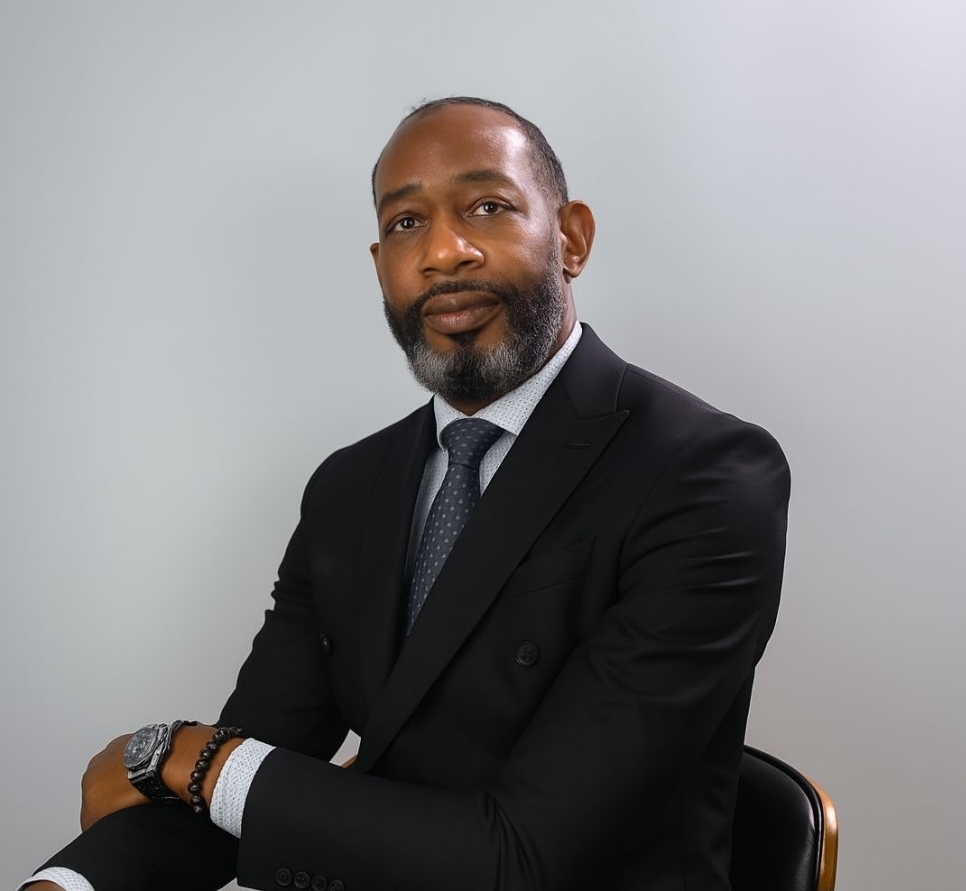Jim Beam column:Readers keep you on your toes
Published 7:04 am Monday, July 11, 2022
|
Getting your Trinity Audio player ready...
|
Alert readers will catch you every time. I got Roe right. She was Norma L. McCorvey of Texas who wanted to have an abortion. However, Texas had a law in the early 1970s that only allowed abortion in cases of rape, incest, or to save the life of the mother.
McCorvey used the name “Jane Roe” throughout the lawsuit that lawyers filed in order to protect her identity. Two recent women graduates of the University of Texas Law School filed the lawsuit on McCorvey’s behalf.
Trending
The lawsuit claimed the Texas anti-abortion law violated Roe’s constitutional rights. Then, I said the suit was filed against Henry Wade, the Texas attorney general.
A reader got me on that one. “Dear Jim,” he said, “Henry Wade served as the Dallas County District Attorney, not the Texas attorney general at the time of Roe v. Wade.”
Jay Floyd represented Texas when arguments began on Dec. 13, 1971. However, Texas Assistant Attorney General Robert C. Flowers handled the Roe v. Wade case when it was re-argued on Oct. 11, 1972.
Wade in a 1992 interview with the New York Daily News said, “I didn’t participate in the trial or the appeal of the case. The attorney general represented all the defendants.” Wade held the Dallas County job from 1951 to 1987.
That brings us back to those two women attorneys. The second reader who emailed me said, “Interesting article on Roe v. Wade in the July 7 issue of the American Press today.”
Then, he said Sarah Weddington was one of the two women who handled the case for Roe, “and not whom you referenced in your article today.” He said Weddington was one of his professors at the University of Texas at Austin.
Trending
“Sarah Catherine Ragle Weddington was an American attorney, law professor, advocate for women’s rights and reproductive health, and a member of the Texas House of Representatives,” he said. She died last December, he said, and he truly enjoyed her in class.
“You may want to correct or update your article,” he said.
I explained to him that I hadn’t mentioned the names of the two women who handled Roe’s case, so there was no way to get a name wrong. Linda Coffee was the other attorney. As I said earlier, I probably should have named them Thursday and might have avoided that second email.
Someone else said they were disappointed that I hadn’t mentioned who the justices were on the Supreme Court who heard Roe v. Wade.
The seven justices who ruled in 1973 that abortion was constitutionally protected were Chief Justice Warren E. Burger, William O. Douglas, William J. Brennan Jr., Potter Stewart, Thurgood Marshall, Lewis F. Powell, and Harry Blackmun, who wrote the majority opinion. Byron White and William Renquist dissented.
The seven justices said states couldn’t prohibit abortion within the first trimester and that restrictions in the second and third trimesters must take into account the health of the pregnant individual.
Many people believe a liberal court decided the case, according to marketrealist.com, a financial media outlet. However, the website said four of the justices were nominated by Richard Nixon. One wrote the majority opinion, two concurred, and one dissented.
Of the nine justices on the court at the time, three were nominated by Democrats and six by Republicans.
A May 4 article in Smithsonian Magazine said in 1973 a leak at the Supreme Court broke the news in Time magazine of an imminent ruling on Roe v. Wade legalizing abortion. It added that nearly 50 years later, a similar disclosure revealed that the court was poised to overturn legalized abortion in the U.S.
The source in 1973 was a Supreme Court clerk who provided the information to a Time reporter. Burger, like the justices on today’s high court, was incensed that the news got out early.
Here’s hoping today’s column got the rest of the Roe v. Wade story right.







